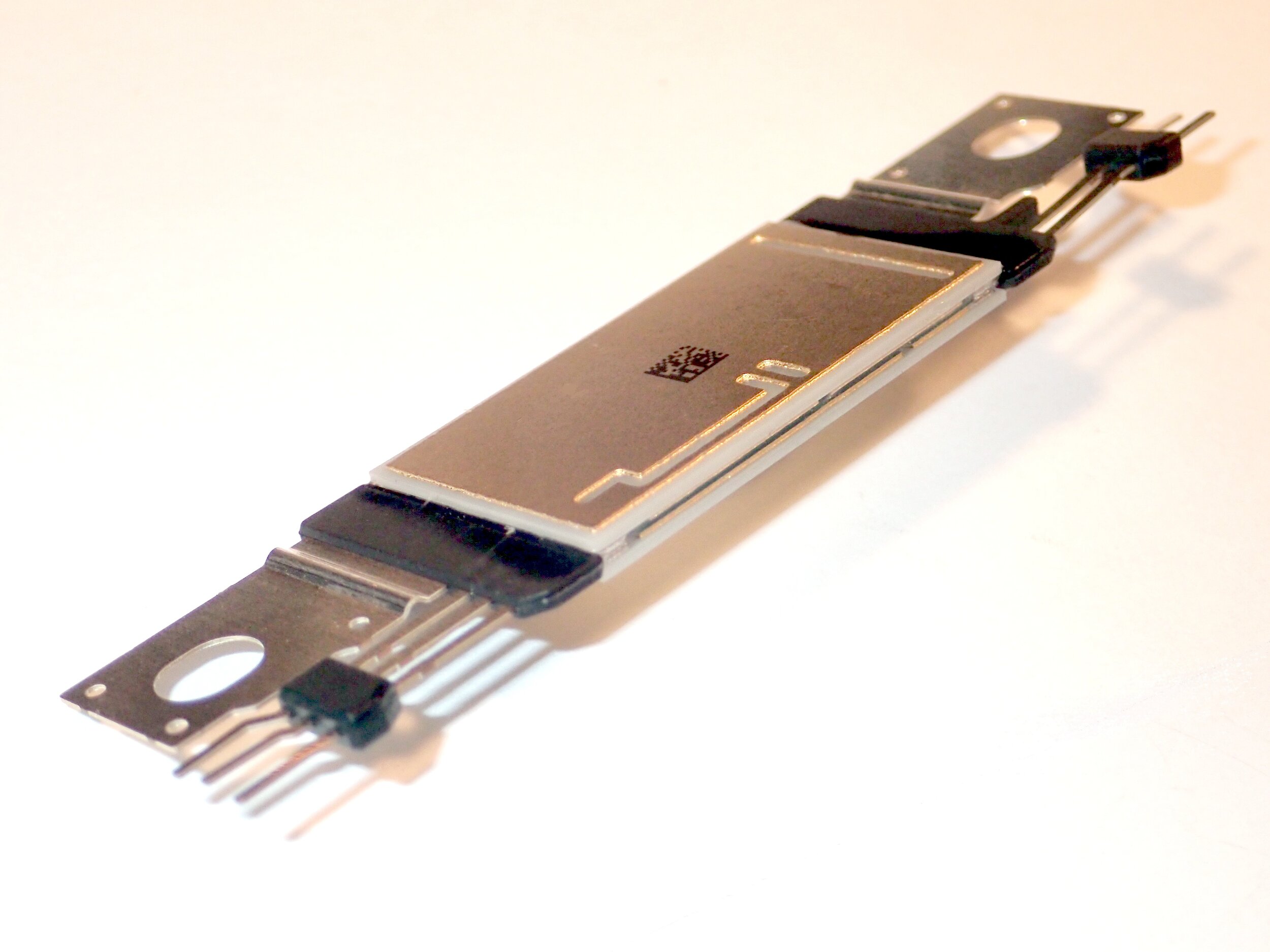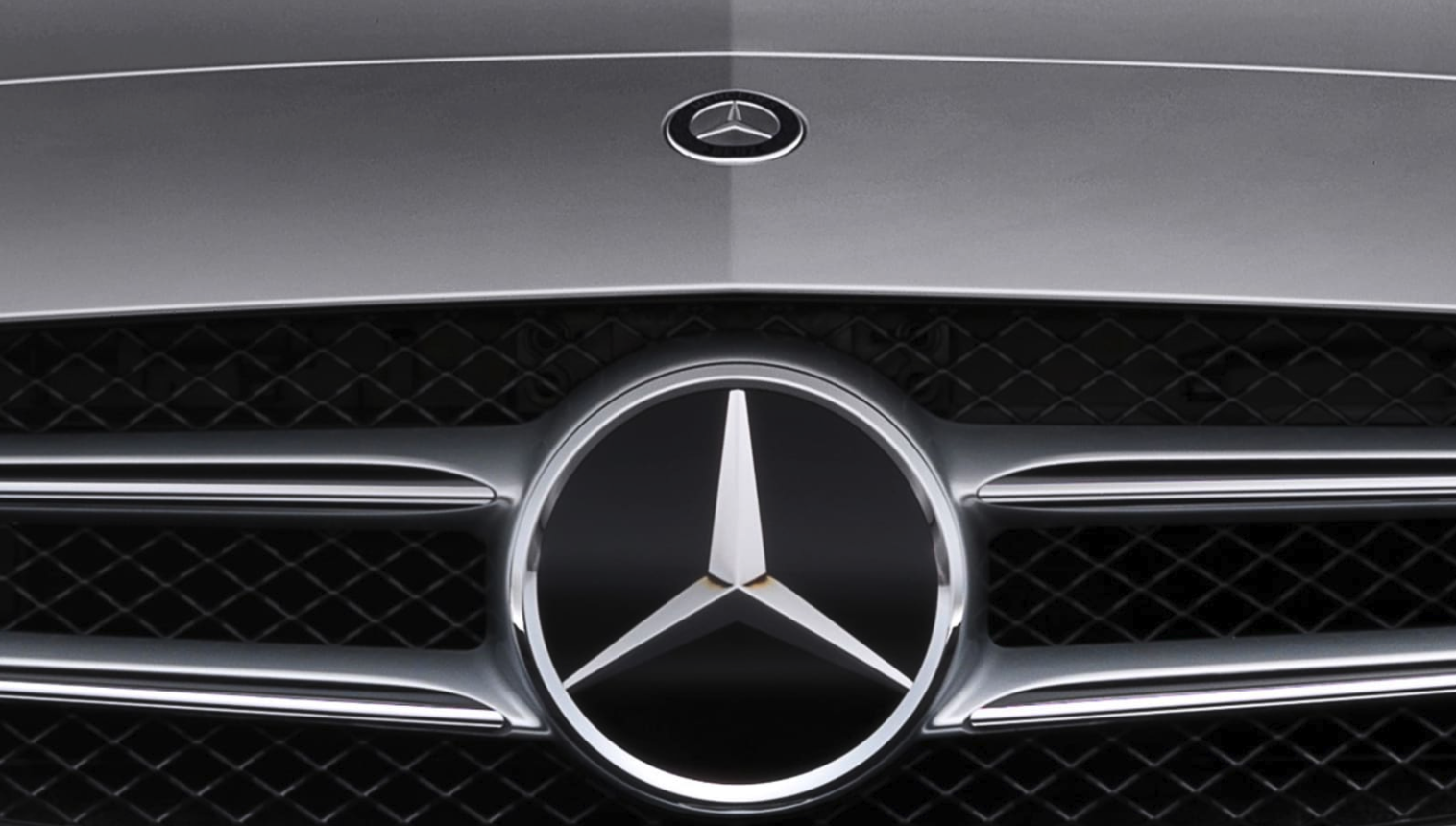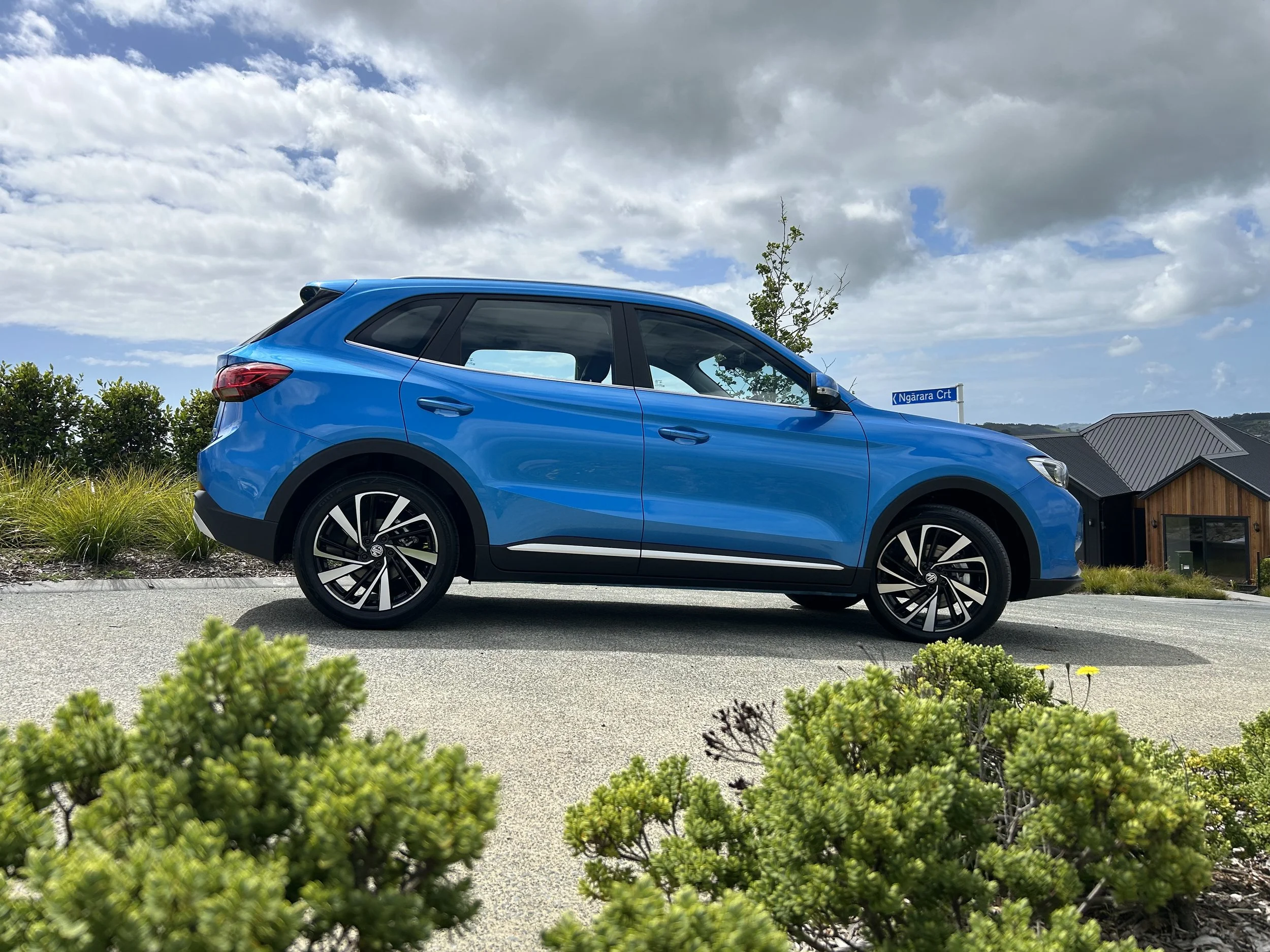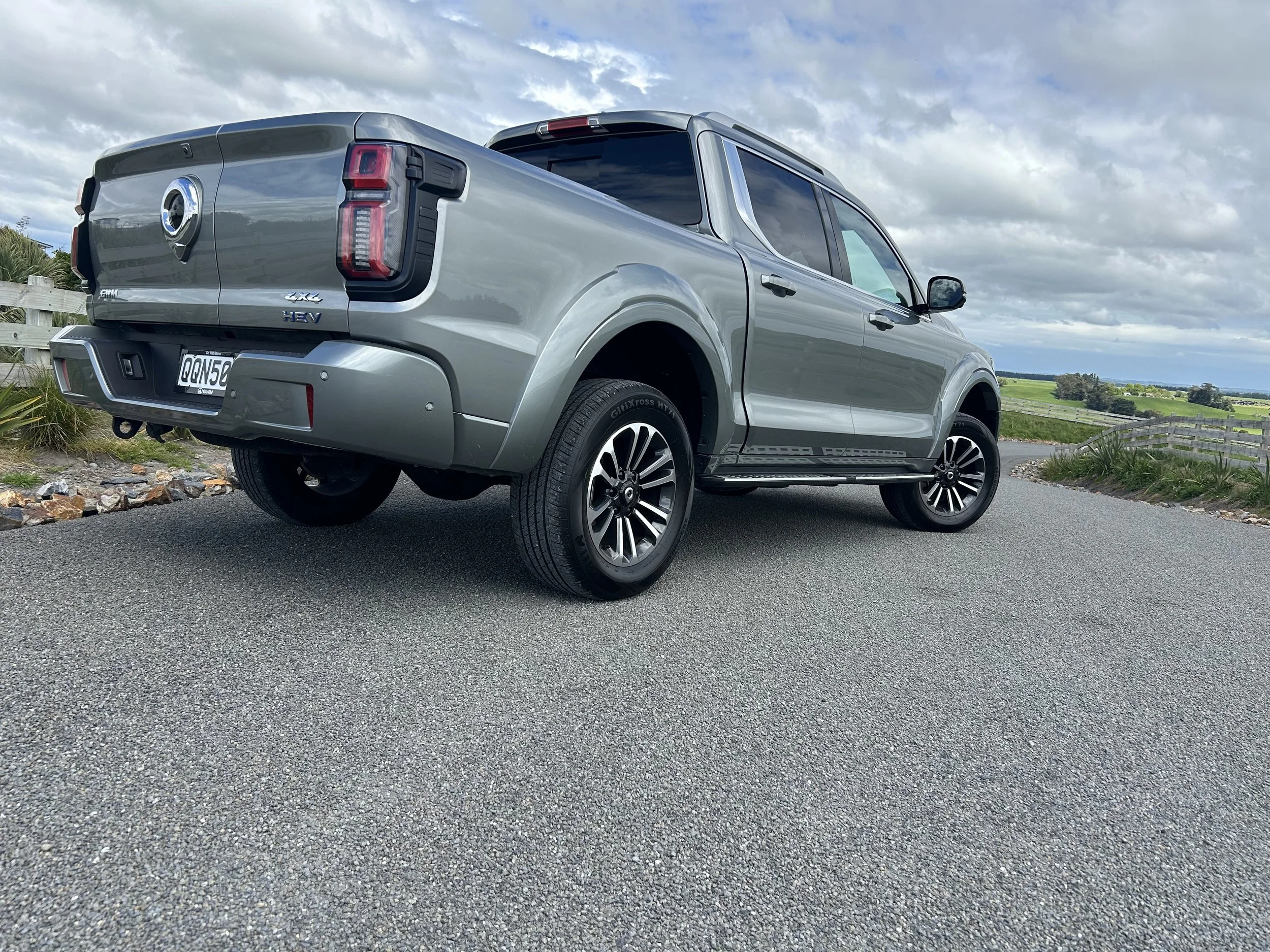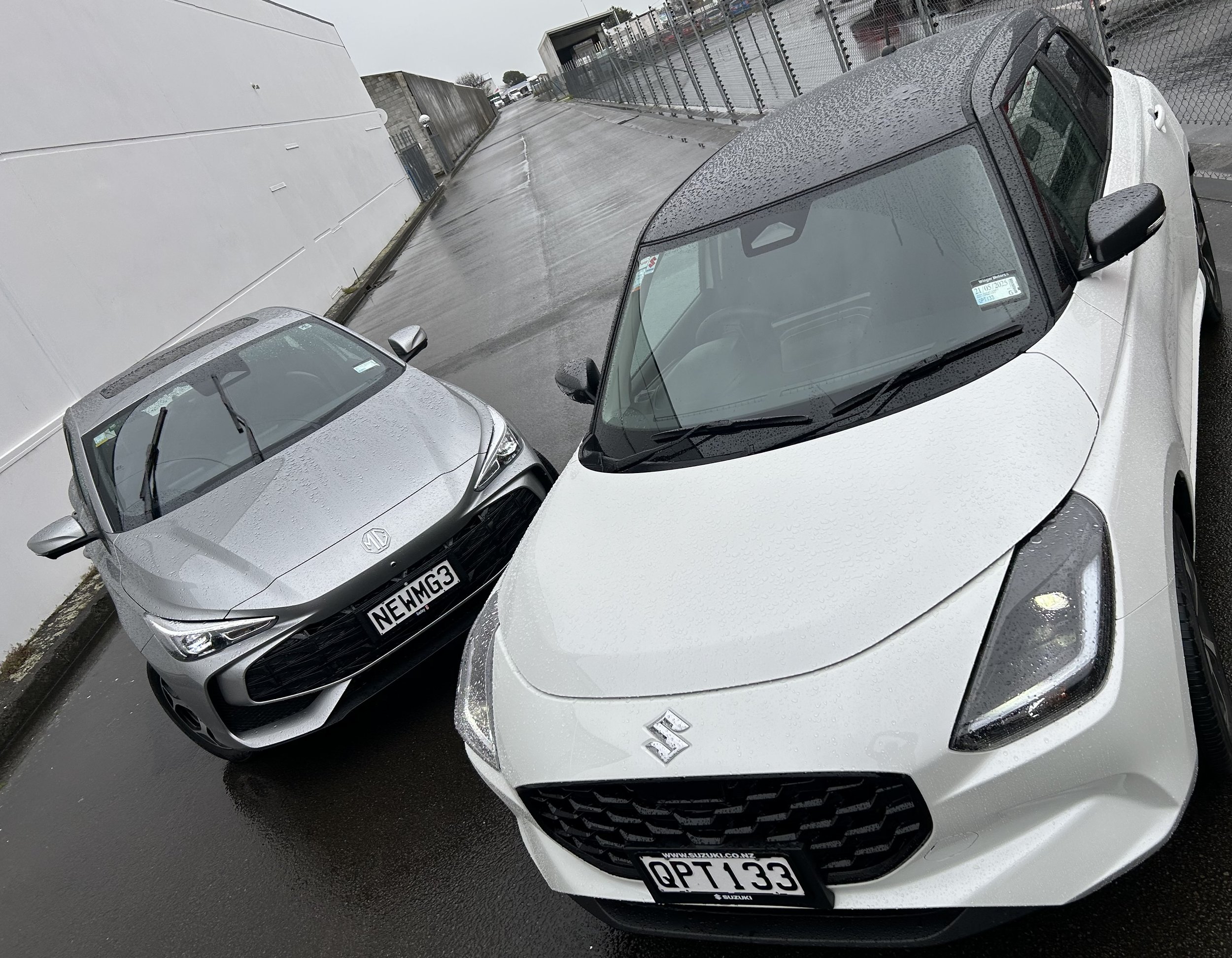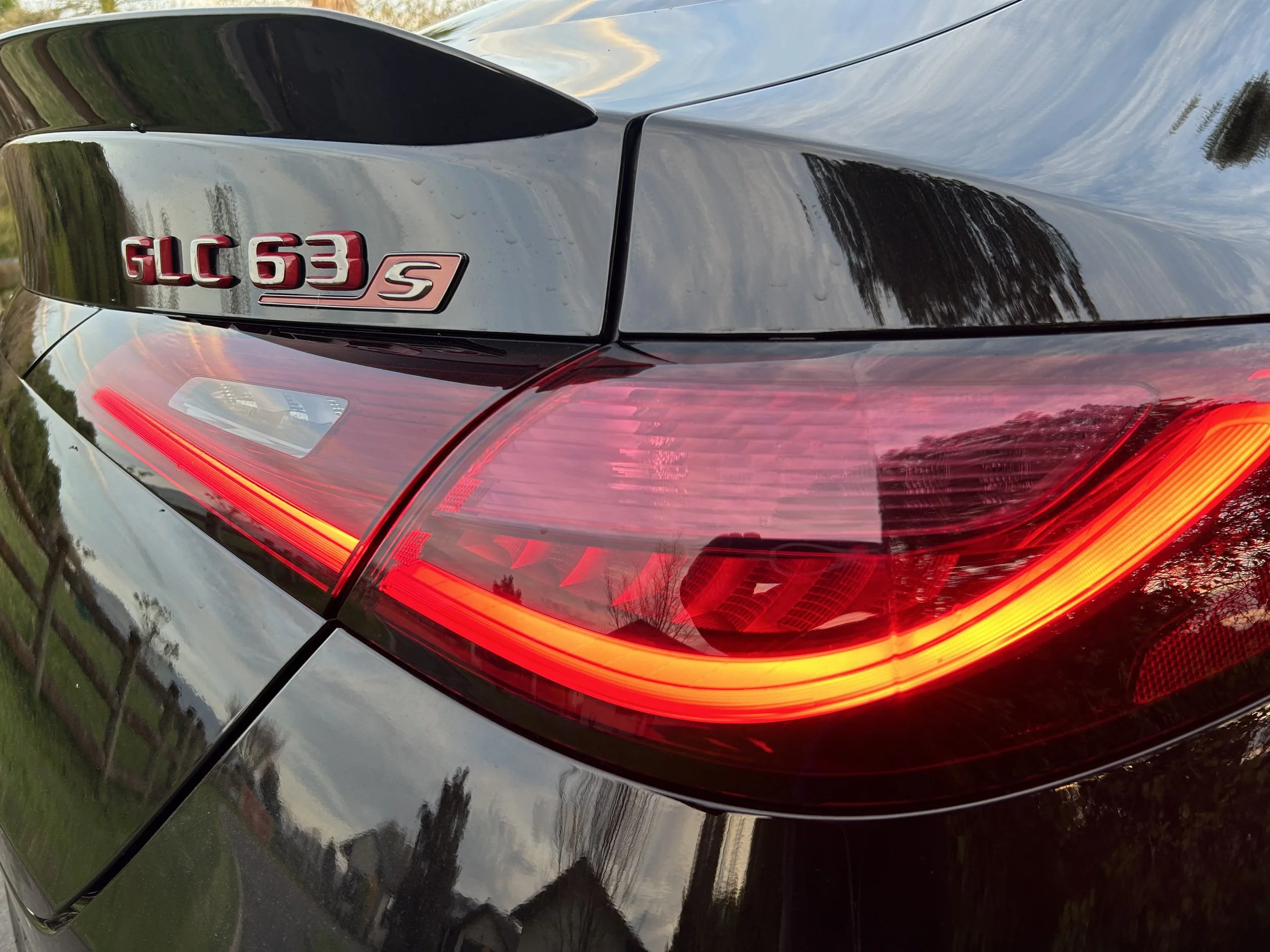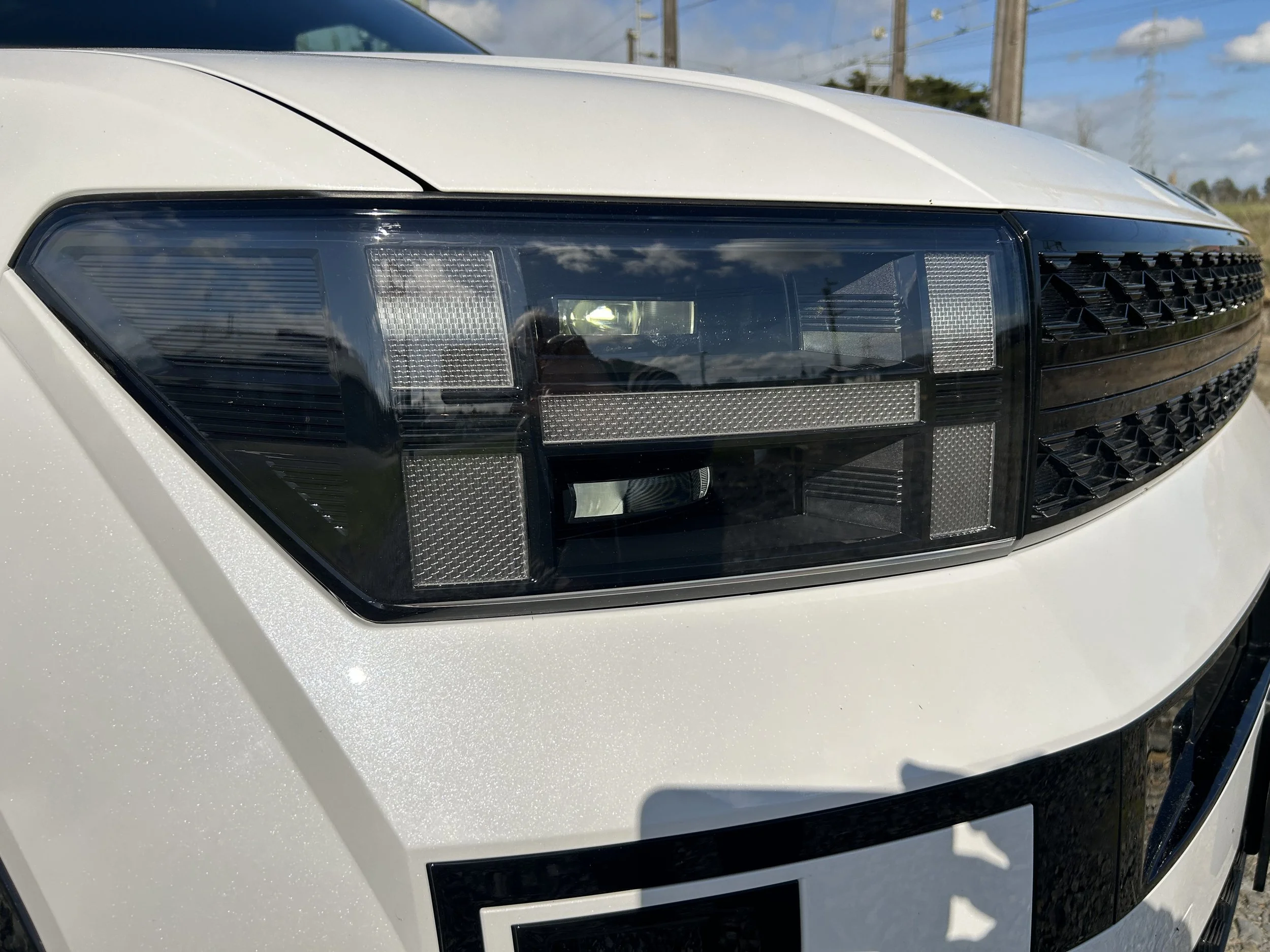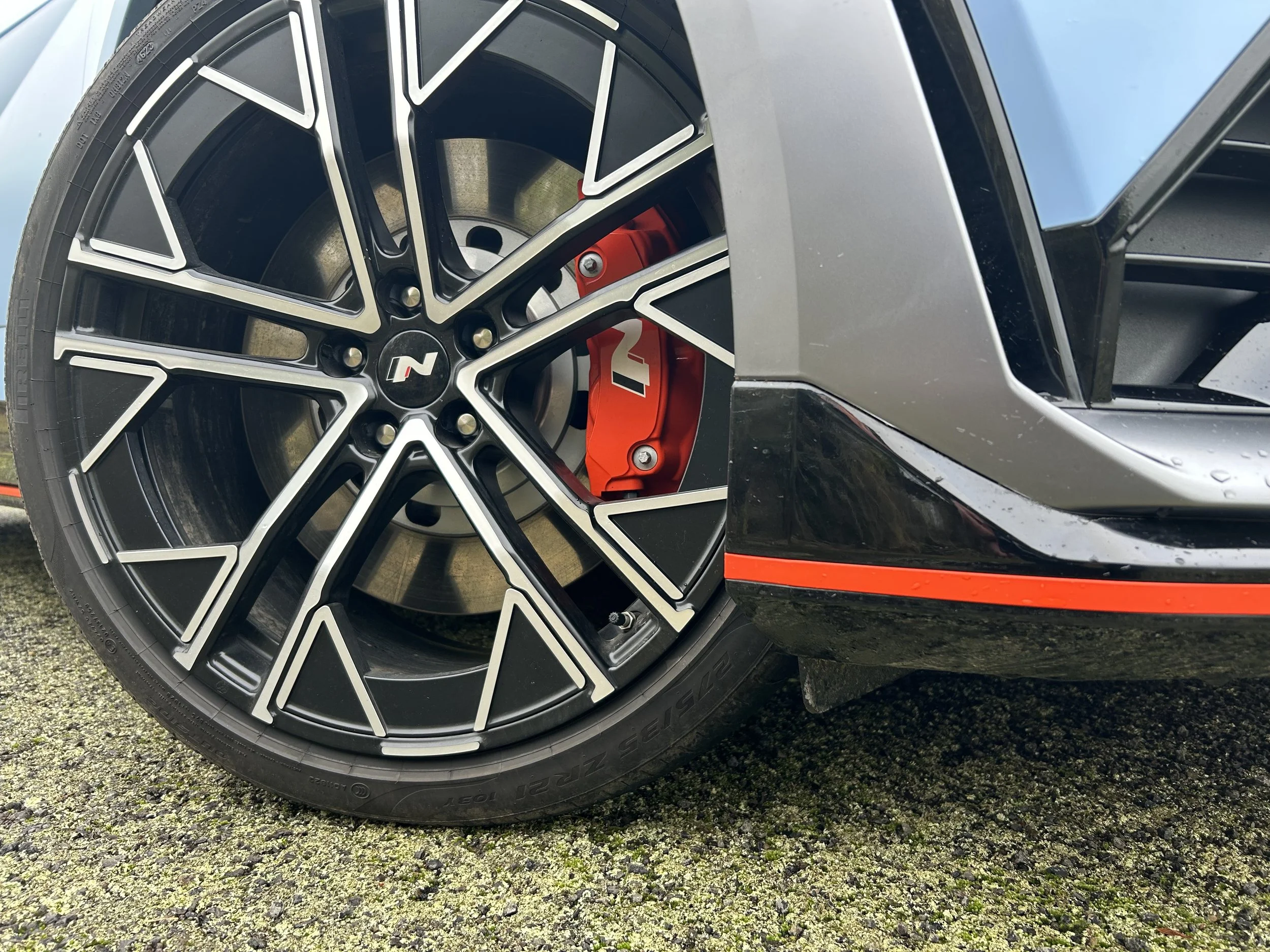Landmark ladies of motoring
/These women helped shape automotive history.
Beatrice Shilling’s story is one of two wheels and wings.
MOTORING has felt like a man’s world for as long as many of us can remember, with men dominating roles across the industry.
By latest estimate, just 0.04 percent of mechanics in the were females, just six women have got behind the wheel for a Formula One Grand Prix weekend, and a mere two of taxi drivers are women.
To acknowledge March 8 being World Women’s Day, today’s story highlights the achievements of pioneering female figures in motoring. (This material was provided by insurers Hegarty’s and USwitch).
Beatrice Shilling
An engineering genius, motorbike racer and World War II hero … Shilling’s story is one of two wheels and wings.
In 1932, when she graduated from the University of Manchester with an honours degree in engineering, she was listed as ‘Mr’ on her student record card, female titles were not yet a recognised option.
In 1934, she became the second woman to be awarded a Brooklands Gold Star when she recorded two laps at over 101mph, and later became the circuit’s fastest female racer ever with a lap speed of 106mph.
When World War II broke, Shilling was working for the Royal Aircraft Establishment.
Her invention of a restrictor valve that prevented RAF Spitfires and Hurricanes from stalling and falling from the sky during steep dives, saved the lives of many pilots, and arguably helped win the Battle of Britain.
Odette Siko established Le Mans records that remain unbeaten.
Odette Siko
This Frenchwoman made motorsport history as the first woman to race the Le Mans 24 Hours on the 21st June 1930.
Competing alongside Marguerite Mareuse in a Bugatti T40, they made it home in seventh position – a result that’s yet to be beaten by an all-female team.
In 1932 Siko claimed fourth spot overall and class win aboard an Alfa Romeo 6C 1750 with Louis Charaval – another record finish for a woman that still stands today.
Minnie Palmer
In 1897, Minnie Palmer became her own chauffeur.
Distinguishing herself as the first woman in England to drive and own her own car, the American-born actress took delivery of a French-made Rougemont automobile.
It was 31 years before women achieved the same voting rights as men, but Palmer’s move proved that the sexes could be equals behind the wheel – a significant milestone on the road to the social and political emancipation of women.
Dorothee Pullinger, at far left, with the Galloway, a car designed for women.
Dorothée Pullinger
An engineer and entrepreneur, who designed a car for women, built by women.
She’d been refused entry to the Institution of Automobile Engineers on the grounds that “the word person means a man and not a woman” – a decision that was later reversed.
By the early 1920s Pullinger was manager of Galloway Motors, a car factory run by a female workforce that adopted the colours of the suffragettes. An on-site engineering college offered women apprenticeships that lasted three years, rather than the usual five for men, because it was believed women were faster learners. Pullinger designed and developed the Galloway – the world’s first car specifically for women.
Gear levers were placed inside rather than outside the car so that they were easier to reach, the seat was raised, storage space was added, the dashboard was lowered, and the steering wheel was smaller. It was also one of the first automobiles to introduce a rear-view mirror as standard.
Dorothy Elizabeth Levitt
The first British female racing driver who set records and taught royals how to drive, Londoner Levitt was described as “the fastest girl on earth” when she set a new world speed record for women of 91mph.
She did it in a six-cylinder Napier during a speed trial at Blackpool in 1906. Three years earlier she had been garlanded with the title of Britain’s first female motor racing driver, and also set the world’s first water speed record when she achieved 19.3mph in a 40-foot steel-hulled, Napier-engine speedboat.
In 1905, she set another record, for the “longest drive achieved by a lady driver” for a return journey to Liverpool from Britain’s capital.
Her accomplishments made her a media sensation. In her 1909 book, The Woman and the Car: a Chatty Little Handbook for All Women who Motor or Want to Motor she advised women to carry gloves, chocolate, and a revolver in the drawer under the driver’s seat.
Margaret Wilcox
For early adopters of the motorcar, driving was open-air enjoyment in its purest, and for some months of the year, frostiest, form.
On November 28, 1893, Wilcox patented a solution: the world’s first in-car heating system.
It took decades for car makers to warm to her idea, which was considered a luxurious optional extra even when fully enclosed bodywork and glass windows became more widespread, but finally, in 1929, the Ford Model A became the first vehicle to offer in-car heating at the point of manufacture.
For Wilcox, the design also represented a turning point in her career as an inventor; it was the first to be patented in her own name rather than her husband’s, a practice which had been law in the United States until 1809.
Mary Anderson never profited from her invention … the windscreen wiper.
Mary Anderson
You can see clearly now because inventor Mary Anderson spotted a problem that needed solving, to clear ice from the windscreen a driver had to open the window, chilling the cabin in the process.
Anderson’s solution was a spring-loaded arm with a rubber blade that would move back and forth across the glass to wipe it away. The design patented in 1903 but her invention wasn’t an instant hit with car companies, who believed it would distract drivers. She never profited from her invention.
Bertha Benz, the original road tripper.
Bertha Benz
Early one August morning in 1888 Bertha Benz set off in her husband’s car, without permission, spare fuel, or a map, to make the 106km journey from Mannheim to Pforzheim in Germany.
Her husband was Karl Benz, and the car was the world’s first. Karl was convinced his invention wasn't ready for the open road, but Bertha believed it was ready for the world, and that the world was ready to see a woman setting its new course.
When she ran out of fuel, she purchased ligroin (a petroleum-based solvent) from a pharmacy in Wiesloch – now considered the first petrol station in history.
When the engine overheated, she used water from ditches and streams to cool it. When a fuel line became blocked, she cleaned it with her hat pin. She even used her garter as insulation material and paid a cobbler to cover the brake shoes in leather and in doing so invented the world’s first brake lining.
Pat Moss, left, had the utmost respect of her brother, Sir Stirling Moss.
Pat Moss
"What she managed to do was amazing, actually," said Sir Stirling Moss, when asked about his younger sister.
High praise from a man who was not noted for his championing of women in motorsport.
Moss built her formidable reputation on outright wins and podium finishes at international rallies throughout the 1950s and ‘60s.
Her maiden event took place in 1953, when she competed in her Morris Minor convertible at the age of 18.
She went on to be crowned five-times European Ladies Rally Championship winner and the Coupe des Dames on the Monte Carlo Rally eight times, she also won the gruelling 1960 Liege-Rome-Liege Rally in a fearsome Austin Healey 100/6 and went on to finish second at the Coupe des Alpes.
Her biggest achievement was winning the Tulip Rally in 1962 in the newly introduced Mini Cooper.
Vera Hedges Butler
In 1900 Vera Hedges Butler was the first British woman to pass a driver’s test, but she had to go to Paris to do it. Assessed on her ability to pull away, steer and stop, she also had to demonstrate her knowledge of what to do in the event of a breakdown.
In Britain, compulsory testing wasn’t brought in until June 1, 1935.
Alice Ramsey
An expert driver with an unrivalled passion, she founded, and became the President, of the First Women’s Motoring Club in the United States.
Building her profile, her enthusiasm resulted in an offer from motoring company, Maxwell to drive from New York to San Francisco.
Always one to say yes to a challenge, Ramsey accepted and became the first woman to navigate the country at a time when roads weren't developed properly. Throughout her drive she had to maintain the car, so managed to fix broken brake pedals and clean spark plugs, amongst other things.
Florence Lawrence
The ‘first movie star’, Lawrence not only had a love for acting, but also a fondness for motoring.
Growing increasingly frustrated with the number of accidents that were caused by not knowing if the car in front was just slowing down, or turning left or right, she created two iconic elements; auto-signalling arms which were essentially flags which were operated from inside the vehicle, and a stop sign that flipped up at the back of the car when the brake pedal was depressed.
Both creations led to the development of electric indicators and brake lights that are a legal requirement nowadays.
WILMA Russey, New York’s first taxi driver, knew how to attraction attention.
Wilma K Russey
The first woman to be licensed as a New York taxi driver, Russey became quite the local celebrity when she took on the position. Never one to disappoint or shy away from the limelight, she is said to have received a tip from her first customer due to her leopard skin hat.
Charlotte Bridgewater
Charlotte Bridgewater built on Mary Anderson’s invention and created the electronic wiper. Although they didn’t work well at the time, they are obviously now common on vehicles.
Hedy Lamarr … Hollywood actress, also a founder of GPS.
Hedy Lamarr
An actress first, Lamarr worked alongside George Antheil during the Second World War to develop a non-jamable radio guidance system that allowed ships to guide their torpedoes effectively.
Despite not being widely recognised at the time, this technology is the founding of Wi-Fi, GPS and Bluetooth.
Dr Gladys West
This mathematician came to prominence after she was part of an award-winning study that proved the regularity of Pluto's motion relative to Neptune. But it was what she did next that landed her in the automotive history books.
Dr West began working with satellites and programmed an IBM computer to deliver precise calculations to model the shape of the Earth. Using complex algorithms which accounted for variations in gravitational, tidal, and other forces that distort Earth's shape, her data became the basis for the GPS we still use today.
Michelle Christensen
It wasn’t until 2005 that the industry hired a female exterior designer.
Hired by Honda nearly 20 years ago, she was surrounded by cars from a young age and developed an interest, which resulted in her designing a number of prominent cars, including the second-generation Honda NSX.
Danica Patrick is the most successful woman in US motorsport.
Danica Sue Patrick
One of the few high-profile female racing drivers, Danica is the most successful woman in the history of American open-wheel racing to date.
She began driving professionally in the late 1990s and has taken part in hundreds of races in the NASCAR and IndyCar series.
Mary Barra runs General Motors.
Mary T Barra
The first female Chief Executive Officer of a major automotive company, Barra has been at the helm of General Motors for more than seven years and became the chairman of the board of directors in 2016.
Her appointment as the CEO brought her to the forefront of the industry and as such, she’s now one of the most recognisable names – not only in motoring, but in business, with Forbes and Fortune Magazine including her on their lists of powerful women.
Alexandra Hirschi
Also known as Supercar Blondie, Hirschi is an award-winning Australian presenter and social media personality. Best known for her automobile videos, she has over 45 million followers worldwide, and regularly works with luxury brands to promote their new releases.
# More information: https://www.uswitch.com/car-insurance/guides/female-driving-confidence-iconic-women-in-motoring/















